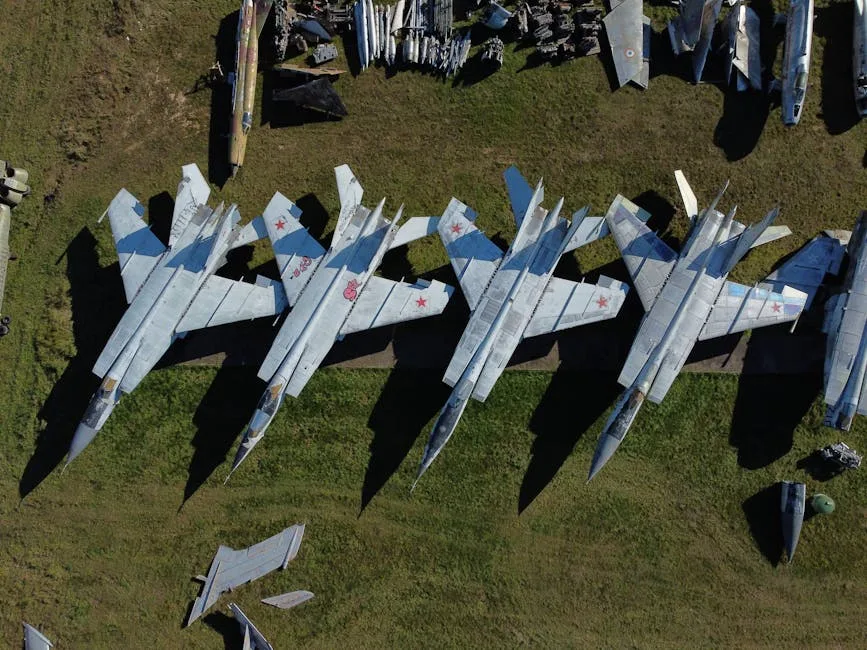
Unidentified drones targeted Russia’s Hmeimim Air Base in Syria, according to reports from Al-Arabi Network and Iranian state media1. The attack, which occurred within the last 24 hours, follows a pattern of escalating tensions around the strategic facility, which serves as a key Russian military hub in the region. No group has claimed responsibility for the strike, but the incident underscores the volatile security environment in northwestern Syria.
Recent Attacks and Strategic Significance
The Hmeimim Air Base has been repeatedly targeted in recent months. In November 2024, Israeli airstrikes hit weapons depots near Jablah, close to the base, prompting Russian warnings about red lines concerning Hezbollah-linked assets2. The base hosts advanced Russian air defense systems, including Pantsir and Tor missile systems, which intercepted a 2019 militant rocket attack4. Its proximity to conflict zones and role in regional power projection make it a focal point for adversarial actions.
Broader Regional Context
The drone strike aligns with a pattern of unattributed attacks on military infrastructure in Syria. The Syrian Observatory for Human Rights reported unconfirmed airstrikes near Hama recently, though the perpetrator remains unclear3. Meanwhile, U.S. airstrikes in Yemen against Houthi targets6 highlight the interconnected nature of Middle Eastern conflicts, where actions in one theater often reverberate elsewhere.
Technical and Operational Implications
For security professionals, the incident raises questions about drone threat mitigation in contested airspace. The use of unidentified drones suggests either non-state actor capabilities or deliberate obfuscation by state-backed groups. Russian air defenses at Hmeimim have historically been effective against rockets but may face challenges from low-altitude drone swarms—a tactic seen in other conflicts.
The lack of attribution complicates threat modeling. While Israel has conducted confirmed strikes near Hmeimim2, the anonymity of this attack leaves open possibilities ranging from local insurgents to proxy campaigns. For defensive planning, this ambiguity necessitates layered monitoring of both kinetic and cyber indicators around critical infrastructure.
Conclusion
The Hmeimim attack reflects the persistent instability in Syria and the broader region’s security dynamics. As drone warfare evolves, such incidents will likely increase in frequency and sophistication. Continuous monitoring of attribution patterns and defensive adaptations will be essential for stakeholders operating in or analyzing the region.
References
- “Drone attack targets Russia’s Hmeimim Air Base in Syria,” IRNA, 2025-04-25.
- “Israeli airstrikes near Hmeimim Air Base,” Al Arabiya Farsi, 2024-11-13.
- “Unconfirmed airstrikes near Hama,” Syrian Observatory for Human Rights, 2025.
- “Russian air defenses intercept rockets at Hmeimim,” Alalam, 2019-05-07.
- “Misattributed Ukraine conflict incident,” KhabarFarsi, 2025.
- “U.S. airstrikes in Yemen,” Houthi-affiliated media, 2025-04-12.





